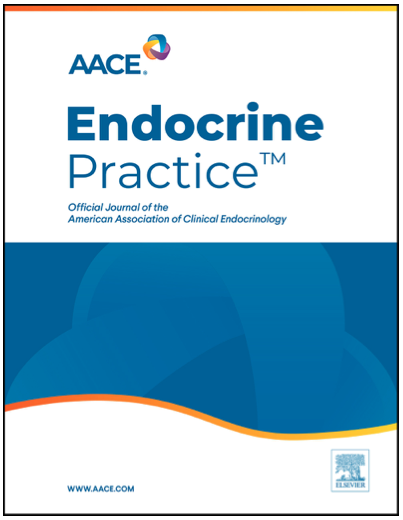Last updated on
Assessing and Addressing the Risk of Venous Thromboembolism Across the Spectrum of Gender-affirming Care: A Review
NATF is proud to present our latest Action Initiative, “Assessing and Addressing the Risk of Venous Thromboembolism (VTE) Across the Spectrum of Gender-Affirming Care,” published in Endocrine Practice. This narrative review identifies multidisciplinary best practices for VTE risk assessment and management in transgender patients while spotlighting the critical need to balance thrombotic risk with the benefits of gender-affirming care. Although VTE prevention is important, it should not be seen as a roadblock to gender-affirming therapy. We intend for this practical document to serve as a reference for the entire medical community involved in the care of transgender patients. A Letter to the Editor, penned by two transgender patient advocates, was published in tandem with our narrative review and further emphasizes the importance of providing thrombosis care through a trans-inclusive lens.
Highlights:
- Withholding gender-affirming hormone therapy due to potential adverse events may cause substantial negative impacts for transgender and nonbinary patients.
- Hormone formulation, dosing, route, and duration of therapy can impact venous thromboembolism risk, with transdermal estrogen formulations having the lowest risk.
- There are no existing venous thromboembolism risk scores that have considered hormone therapy as a possible risk factor; risk assessment for recurrent venous thromboembolism and bleeding tendencies using current scores may be helpful when assessing one’s individual risk.
- Gender-affirming surgeries present unique perioperative concerns and for certain procedures—especially breast augmentation, facial feminization, and vaginoplasty—there is a high likelihood that patients will be on exogenous estrogens at the time of surgery, which can increase venous thromboembolism risk.
- Treatment decisions for both anticoagulation and gender-affirming hormone therapy should be individualized and tailored to patients’ overall goals and desired outcomes.
Authors
Robert H. Goldstein, MD, PhD
Renata Arrington-Sanders, MD, MPH, ScM
Nathan T. Connell, MD, MPH
Devin Coon, MD, MSE
Nadia Dowshen, MD, MSHP
Anna L. Goldman, MD
Zil Goldstein, FNP-BC, AAHIVS
Frances Grimstad, MD, MS
Noelle Marie Javier, MD
Ellie Kim, MD
Martina Murphy, MD
Tonia Poteat, PhD, MPH, PA-C
Asa Radix, MD, PhD, MPH, FACP
Aviva Schwartz, MA
Colt St. Amand, PhD, MD
Carl G. Streed Jr., MD, MPH, FACP
Vin Tangpricha, MD, PhD
Mabel Toribio, MD
Working with Transgender Patients?
Check out the Patient Toolkit that helps educate patients about the potential risk for blood clots in the setting of gender-affirming care.



